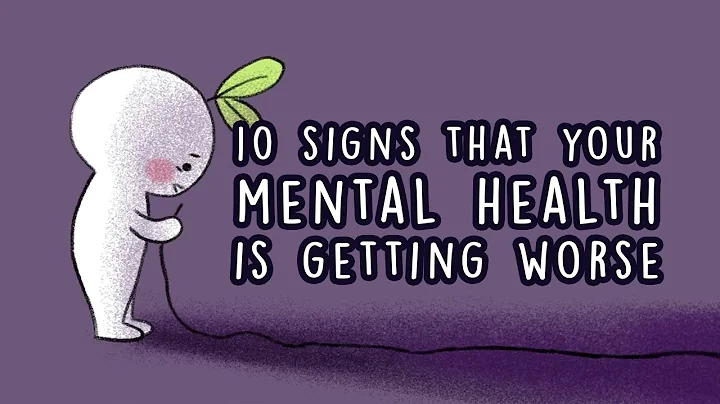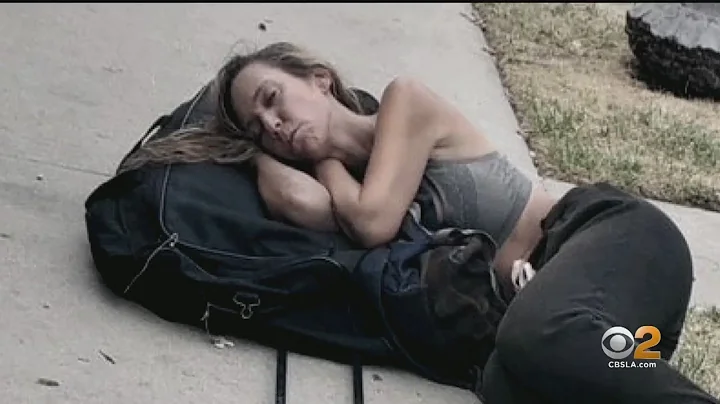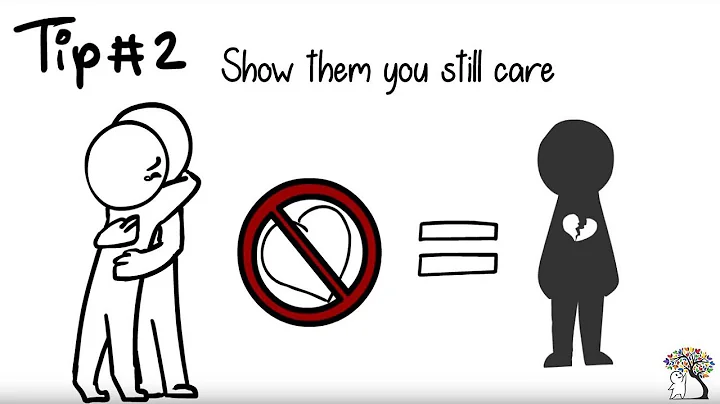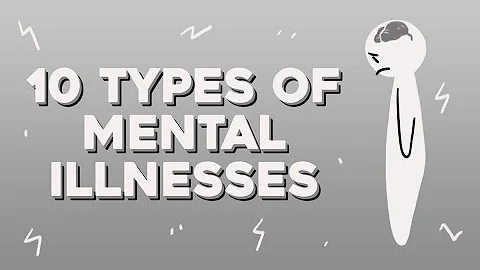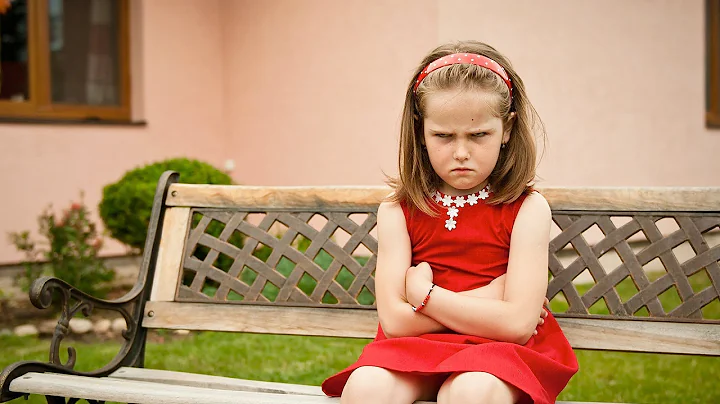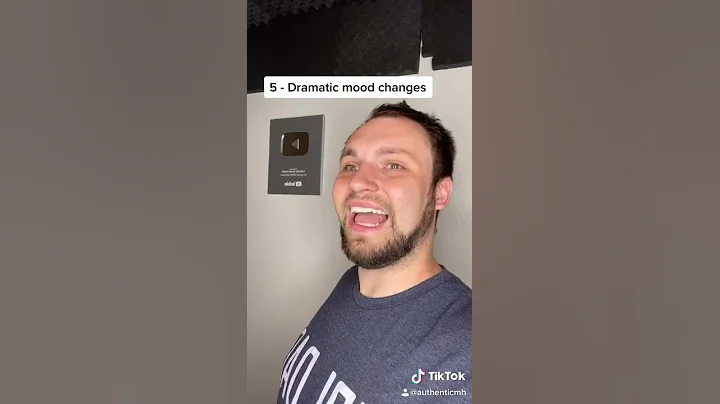
fight boys
According to the survey:
- 60% of children have had violent tendencies;
 1% of children will be more serious;
1% of children will be more serious; - 3% of children need targeted education or even treatment;
 % of children below have serious mental illness;
% of children below have serious mental illness; - 90% or more of children It can be corrected in the early stages;
- 4-6 years old is the first cycle of violence;
 2-15 years old is the second cycle of violence;
2-15 years old is the second cycle of violence;
What causes this situation?
How should parents "intervene"?
This article combines Chinese and foreign data and analysis to share with readers,
(1% of real mental illnesses are not discussed)
1: At what age does "violent" tendencies occur most?
The first one: 4-6 years old, kindergarten stage;
(self-cognitive stage, self-cognitive)
Popular explanation: I am me!
The second one: 12-15 years old, adolescence;
(self-identification stage, self-identify)
Popular explanation: I am not someone else!
and boys are more prominent.
2: Show those "violent" behaviors?
- Very difficult to concentrate;
- Unable to accept normal instructions and communication;
- Violent behavior (verbal/physical) to self and others;
- Violent temper tantrums when desires are not met;
- Deliberate destruction of objects;
- Temper breaks out suddenly and is difficult to calm down. ;
3: The reason behind the "violent" behavior?

dangerous stages
Reason 1: Special age stage
4-6 years old: Kindergarten stage
Growth characteristics: self-cognitive
- Have a certain ability to act independently;
- Have the primary level of perception and judgment;
- Begin to have memory ability (frontal lobe of the brain);
- Clearly know what belongs to me;
- begins to have psychological emotions (thinking of inferiority and pride);
For example:
"I just want to eat ice cream! I don’t want to eat!"
"I just want to play! I don’t want to read!"
"I If you like a toy, you must get it! ”
. . . .
At this stage, human beings begin to learn to manage and regulate emotions.
If they cannot channel and manage emotions, they will resort to "violence".
12-15 years old: Adolescence
Growth characteristics: self-identify
- Obvious secondary sex characteristics appear;
- Strong territorial and privacy requirements;
- Competition and comparison with others is fierce;
- Jealousy, strong sense of inferiority;
For example:
"Why should I listen to you! You don't know me at all!"
"He has new sneakers! Why don't I!"
"My parents quarrel every day, marriage is bullshit!"
"If I have a pimple on my face, will my classmates be together?" Know a joke? "
. . . .
At this stage, humans begin to learn how to view others and themselves, and face inferiority, failure, and fear. If they cannot face it, they may resort to "violence."

gene aggressive
Reason 2: Gene “problem”
Why don’t all children have “violent” tendencies?
Some are highly "violent" and some are mild?
nature or nurture? Born? the day after tomorrow?
Genetic scientific research results are very convincing. Up to 50% of children with violent tendencies do have obvious genetic characteristics.The so-called "violence" gene!
Attention, important things must be said three times:
The "violence gene" is "temper", not inherently violent!
The "violence gene" is "temper", not inherently violent!
The "violence gene" is "temper", not inherently violent!
is essentially born with a bad temper!
has a big temper and lacks cognitive ability, which results in the inability to channel and vent his temper, leading to violent behavior.

argument
Reason 3: External factors "induced"
Let's first look at a set of foreign survey data:
Violence tendency Improvement rate % | |
Low-income families VS high-income families |
|
Disharmony family VS Harmony family | 50% |
being abused Violent parents VS gentle parents | 50% |
Parents have low self-esteem VS Parents are confident | 80% |
Community chaos VS Community calm |
|
4: How should we respond and guide?
From a psychological point of view,
this type of violence is collectively referred to as: " cognitive behavioral disorder ",
Cognitive Behavior Disorder,
The professional explanation is that the inner emotions cannot be expressed and channeled correctly, resulting in abnormal behavior.
From a psychological point of view, 90% of "violent" tendencies can be channeled and desensitized..
The root of the solution, improve cognitive
The solution, desensitization training desensitization

Improve cognition, desensitization training
What is cognitive?
knows that tigers can bite, and you can’t beat them!
Don't hit your classmates, they will get hurt!
What is desensitization?
Watch a tiger eating raw meat and you will remember that tigers are dangerous!
Let’s play fighting and feel what it feels like to be beaten!
The specific method is combined with every bit of life. Qingma can only give a few examples to facilitate everyone's understanding:
Case 1: Water scalding practice
Wrong approach: ︎✖︎
Do not touch hot water!
Some parents, for fear of scalding their children, do not let their children come into contact with hot water at all. This avoids being burned, but loses the practical process of the child's cognition.
The child has never been burned at all, does not know the pain at all, cannot remember the danger, and cannot associate the feeling of others being burned (losing the opportunity of empathy means being unable to empathize).
Correct approach: ✔︎
Teach children to deal with boiling water,
boil it a little, build awareness, train a few times, and learn to control;
case summary:
not only experiences "pain";
also associates the "pain" experience of others.

cooking
Case 2: Punishment for snatching toys
Wrong approach: ✖︎
The first time a child snatches another child’s toys, the parents ignore it and even take it for granted.
Correct approach: ✔︎
- Confiscate the toys and give a calm and serious warning;
- Continue a quiet period for at least one hour;
- Give encouragement after the child regains his composure;
Case summary:
- Punishment must be timely and cannot be missed;
- Punishment must be calm Be serious and don't play;
- After punishment, give a chance to recover.

instruction
Case 3: Catharsis of failed emotions
Wrong approach: ✖︎
Children fail in competitions, feel indifferent or decadent, parents blame their children or it doesn’t matter.
Correct approach: ✔︎
- analyze the reasons for failure;
- will not repeat the efforts for the time being;
- take the children to swim, run, and play ball;
case summary:
- there will be winners and loses in the competition;
- fails without feeling, which is wrong;
- fails without feeling. Decadence is normal;
- continues to train repeatedly, but it is useless;
- goes out to exercise to vent negative emotions;
- goes out to exercise and sets sail again.

biking
5: Important conclusions
First of all, correction must be timely. At that time
every "violent" incident was an opportunity for " desensitization ".
"Violence" in childhood is easy to correct, especially in the early stages.
The essence of desensitization is cognitive process, cathartic guidance.
’s correction at that time was crucial!
Take it seriously, it is very important!
It is very important to guide reasonable venting!

tiger
Second: Cultivate children’s self-confidence
Many people will say that if you “bully” other children, how can you become inferior and cowardly?
Let me ask you, there is a tiger on the opposite side. Would your child dare to step on it? If you dare, it is not inferiority or cowardice.
Scientific investigation shows:
The level of violence is low | The level of violence is high |
There is enough exercise | There is not enough exercise |
Have hobbies | No hobbies |
Have group activities | No group activities |
has outdoor activities | has no outdoor activities |
failed children, More prone to violence.
If the child has made achievements in some aspects, his self-confidence will inevitably increase.
Third: Correction must be made as soon as possible
Behind youth violence is pride and arrogance.
It is different from childhood. Youth violence is more of a sequelae of childhood.
With the arrival of adolescence, self-awareness grows rapidly, and childhood problems become exaggerated and uncontrollable.
Correction in this period is a hundred times more difficult than in childhood!
Qingma said:
In human genes, there must be pride and inferiority;
In human genes, there must be arrogance and fear;
In human genes, there must be kindness and tyranny;
The emergence and development of various emotions are It's natural;
Learn to respect people and learn to earn respect;
Children need to work hard, why don't parents?

青马
